As a girl, I loved munching those crunchy, golden kernels of fresh corn on the cob. I would roll the cob in a small pat of butter, lightly salt it, then work my way from one end to the other, eating that crisp, fresh goodness a couple of rows at a time. Yes, it was noisy and chin-wiping messy. But it was oh so good.
And it still is.
Not only is it delicious to eat, fresh corn is actually good for you.
Antioxidants in Corn
Corn contains an impressive array of health-supportive antioxidant phytonutrients. These include anthocyanins, beta-carotene, ferulic acid, lutein, and zeaxanthin, among others. The concentrations and combinations differ from one variety of corn to another.
While most studies on the benefits of antioxidants in our diet have not been based solely on corn, there have been some small studies that specifically included corn. These studies noted that corn is important in overall antioxidant protection, and may decrease your risk of cardiovascular disease.
Good for Your Belly
Corn is a good source of fiber at 4.6 grams per cup, helping “move things along.” More interestingly, recent research indicates that corn supports the growth of good bacteria in your large intestine.
Corn may also help lower your risk of colon cancer. That good gut bacteria can turn corn into SCFAs (short chain fatty acids.) SCFAs supply energy to your intestinal cells and lower the risk of intestinal problems.
Stabilizes Your Blood Sugar
Corn has been proven to stabilize your blood sugar, not spike it. How? Corn contains good fiber content plus 5-6 grams of protein per cup, both key to slowing the absorption of sugars from the digestive tract into the blood stream. Even individuals with type 1 and type 2 diabetes can benefit from the dietary intake of normal amounts of corn.
Corn Gets a Bad Rap
Now that we have considered the latest science on the nutritional value of corn, let’s address some common negative refrains about corn.
“Corn is fed to cattle to fatten them up, and it will do the same to you.”
Cattle in confined animal feeding operations (CAFOs) are “finished” on a grain diet that includes field corn and soy. This does help them gain weight more quickly. But these foods are unnatural for cows to eat and it makes them sick. We, however, are able to eat a variety of grains, including sweet corn, which is different from field corn which has a higher starch ratio. Besides, I doubt you are eating the amount of corn that a 1200 pound cow is eating!
“We already eat too much corn.”
While the packaged, highly-processed food on grocery store shelves is rife with high fructose corn syrup and other corn-derived ingredients and additives, fresh or frozen whole corn should not be included in that category.
“Most corn is Genetically Modifed (GMO.)”
This is true, but only because most of the corn grown in the US is field corn bound for animal feed, fuel and other uses, and not sweet corn for our tables (980 billion pounds compared to 3.1 billion pounds in 2012, respectively.)
In 2011 Monsanto did release a GMO “Bt” sweet corn called Seminis® Performance Series™ sweet corn to growers. This corn is genetically engineered to be herbicide resistant (Roundup Ready) and to produce its own insecticide (Bt Toxin).
How much of our current supply of sweet corn is GMO corn is debatable. The Non GMO Project website warns that large quantities of this Bt corn showed up in grocery stores and produce stands nationwide in 2012.
Friends of the Earth, however, wanted to know how much GMO sweet corn was winding up on our tables, so in 2013 they tested 71 samples of fresh, frozen and canned sweet corn from eight areas in a nationwide sample.
Only two corn samples out of 71 (2.4 percent) tested positive as being the Monsanto genetically engineered sweet corn. So it appears that GMO sweet corn may not be as widespread as one might imagine. Not yet, anyway.
If you feel it is important to avoid GMO sweet corn (as I do,) and want to be absolutely certain the whole corn you buy is not genetically modified, you have a few options.
- Shop at Trader Joes or Whole Foods. Both chains have pledged not to sell Monsanto’s sweet corn.
- Buy Certified Organic sweet corn. Certified Organic farms cannot knowingly grow GMO seed.
- Buy fresh corn from a local grower that you know. Many of these farms are not Certified Organic, but use organic farming practices (or better) and would never use GMO seed.
Tips for Selecting and Storing Sweet Corn
Now that you are ready to enjoy that fresh corn on the cob, how do you select, store and cook it?
- Look for corn with fresh, green husks that has been refrigerated, kept in an air-conditioned environment, or at least has not been sitting in the sun. Pull back a bit of the husk and look for plump closely arranged rows of kernels. Please DO NOT pull off the husks at the store! Leave the husks on until right before cooking, as it protects the flavor.
- If you cannot enjoy your corn the day it is bought, store it in the refrigerator in an airtight container and eat it within 3 days for best flavor.
- Please do not overcook those fresh, tender kernels. To Boil: Bring a pot of water containing corn on the cob to a rolling boil, then turn off the burner and put a lid on it. Your corn is ready in 5 minutes. To Steam: Bring 2 inches of water to boil and steam corn in a steamer basket for 5 minutes.
Fresh Corn Recipes
While eating corn on the cob is delightful, here is a fresh corn recipe roundup with some other ideas:
Joan Munson’s Sweet White Corn Puree with Poblano Puree
Charred Summer Vegetables (personal favorite!)
Chilled Fresh Corn Soup with King Crab
Lemon-Garlic Glazed Corn on the Cob
Southwestern Corn and Black Bean Salad

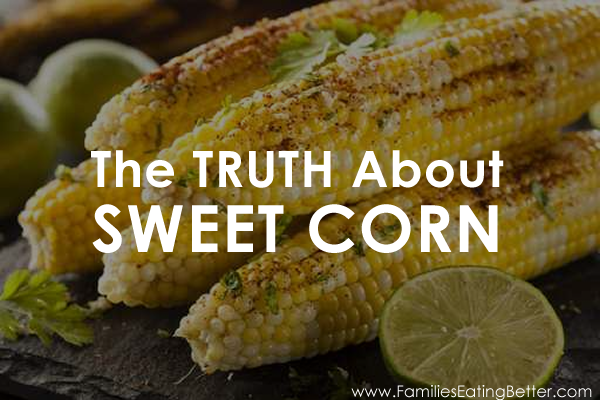


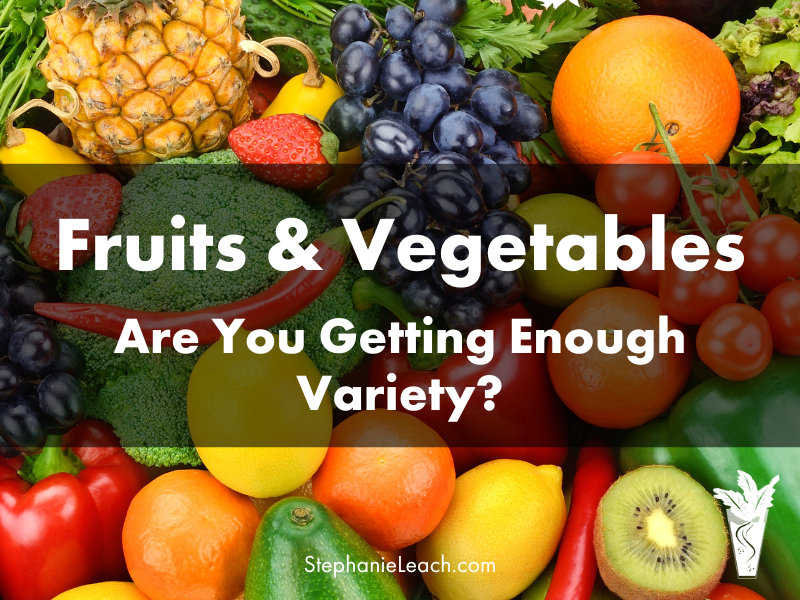
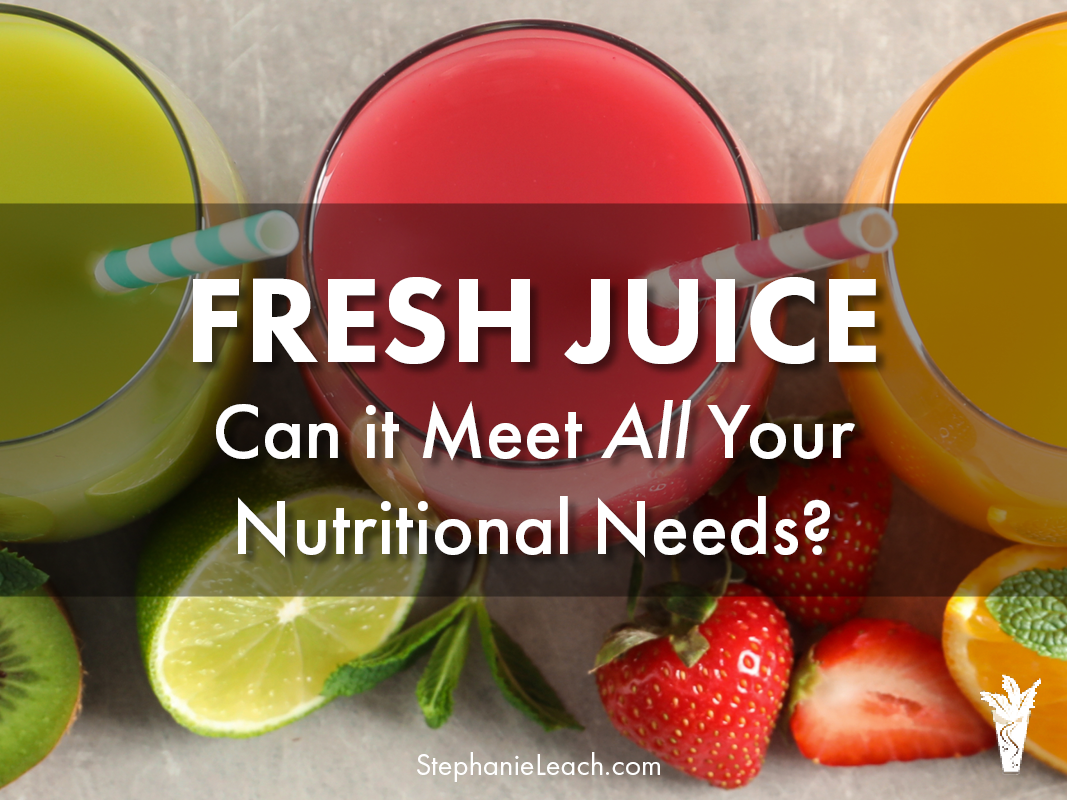
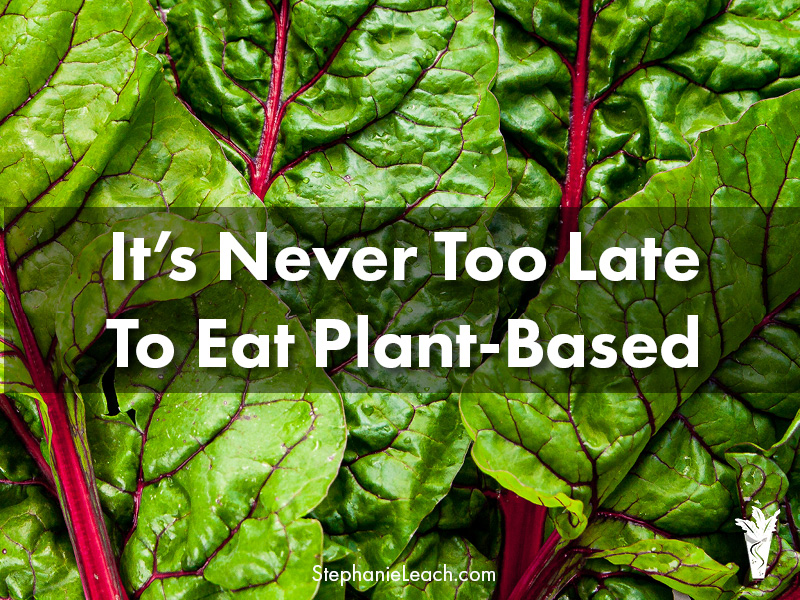
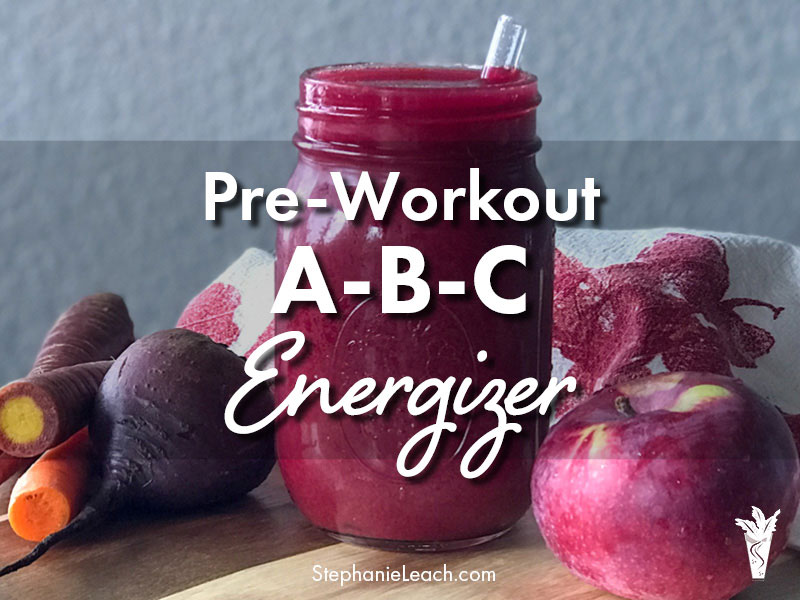

Leave A Comment